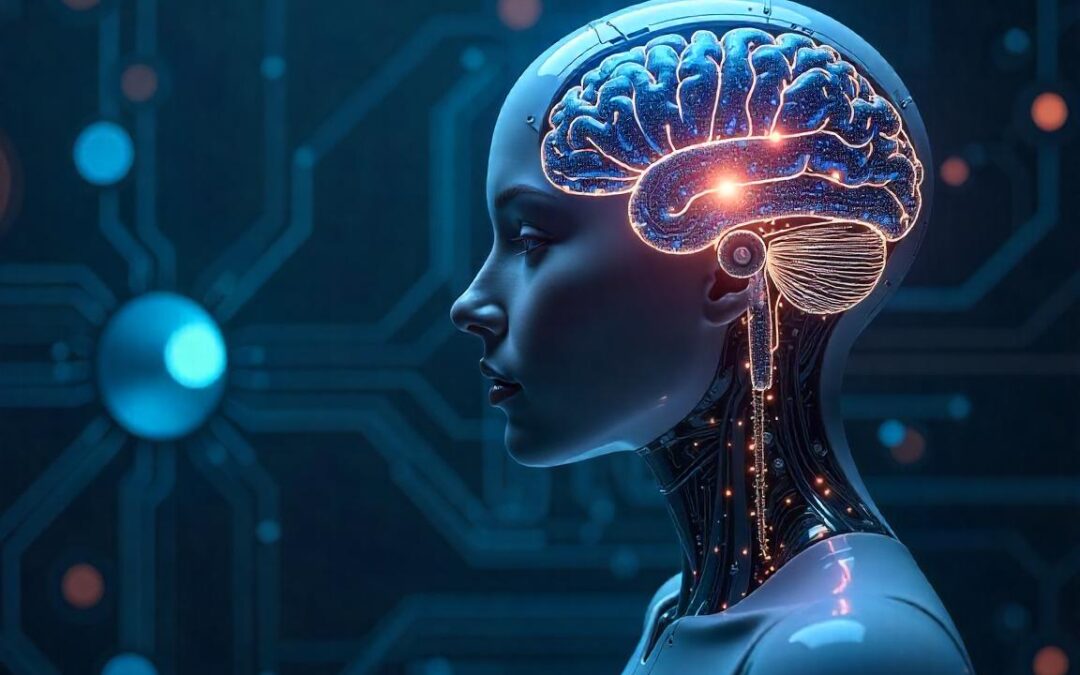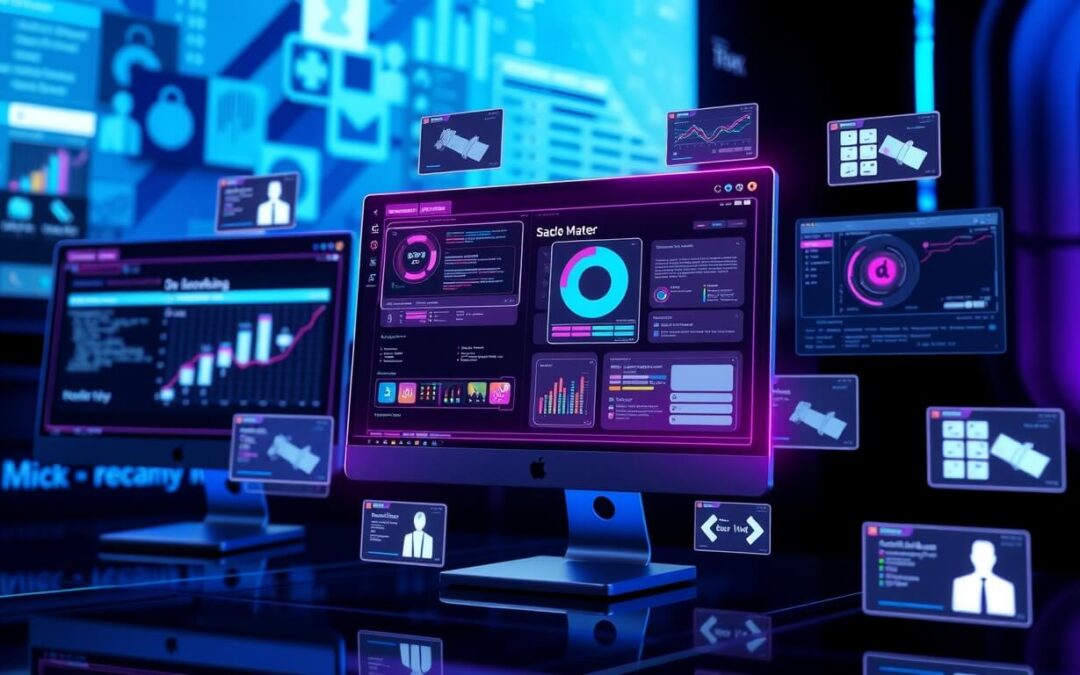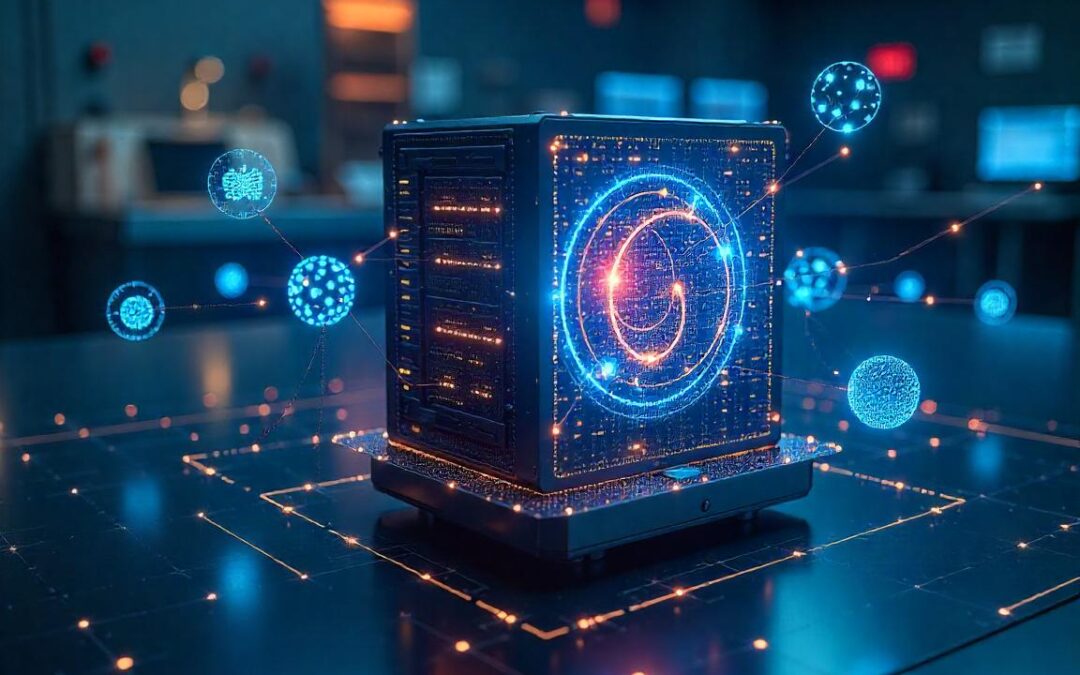
by Bantech@dmin | Apr 4, 2025 | Artificial Intelligence (AI), Blockchain, Technology, Website Design
Introduction: The Digital Shift in Healthcare The healthcare industry is experiencing a major digital transformation, driven by advanced technologies like Artificial Intelligence (AI) and Blockchain. As global demand for better patient outcomes, improved efficiency,...

by Bantech@dmin | Apr 2, 2025 | Android App Development, Artificial Intelligence (AI), Blockchain, Company, Technology, Website Design, Website Development
When we think of the future of technology, artificial intelligence (AI) usually comes to mind first. AI is already transforming various industries, from healthcare and finance to entertainment and transportation. But beyond AI lies another groundbreaking...

by Bantech@dmin | Mar 28, 2025 | Android App Development, Artificial Intelligence (AI), Blockchain, Technology, Website Design, Website Development
Business Agility: The Low-Code Development Revolution The digital transformation wave has made software development an indispensable part of almost every business sector. Traditionally, developing software solutions required teams of highly skilled programmers, months...

by Amit Shaw | Mar 26, 2025 | Android App Development, Artificial Intelligence (AI), Blockchain, Company, iPhone App Development, Technology, Website Design, Website Development
As the world continues its shift toward digital transformation, edge computing is emerging as a driving force behind enhanced connectivity, low-latency data processing, and real-time decision-making. The rapid rise of the Internet of Things (IoT), 5G networks, and...

by Gargi Banerjee | Mar 17, 2025 | Artificial Intelligence (AI), Blockchain, Technology
The world of computing is on the verge of a significant transformation, thanks to the advent of quantum computing. A technological breakthrough that promises to reshape industries, redefine problem-solving, and exceed the limitations of traditional computing, quantum...

by Gargi Banerjee | Jan 21, 2025 | Android App Development, Blockchain, iPhone App Development
Introduction As technology advances, the security threats linked to mobile apps are also evolving. Cyberattacks and data breaches are increasingly prevalent, putting both companies and users at risk. However, the rise of blockchain technology has emerged as a robust...






